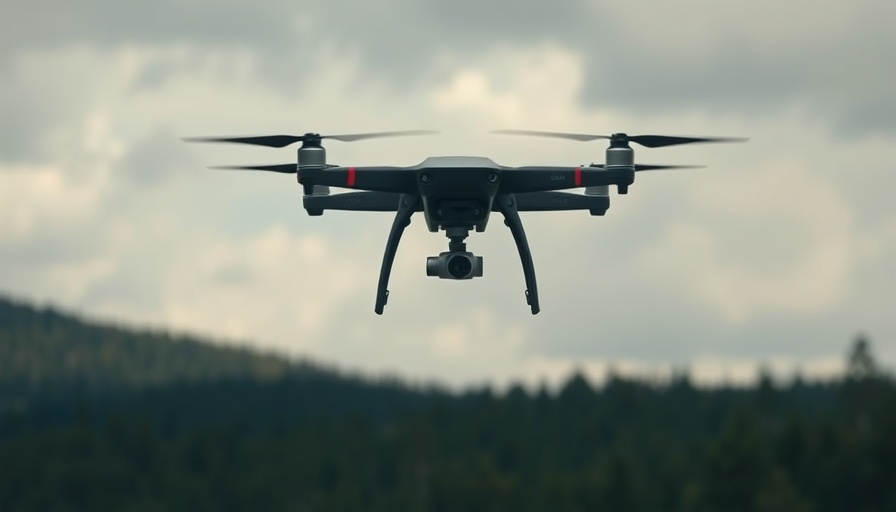
Saudi Arabia and UAE's High-Tech Drone Race
In recent years, Saudi Arabia and the United Arab Emirates (UAE) have rapidly increased their investments in high-tech military drones, marking a significant shift in their defense strategies. Instead of merely purchasing these advanced aircraft, both countries are focusing on acquiring the technology and capabilities necessary to manufacture them locally, signaling a long-term vision for self-sufficiency in defense production.
Understanding the Technology Transfer
A key player in this initiative is the EDGE Group, a defense conglomerate based in the UAE, which is reportedly negotiating with Israeli defense contractor Elbit Systems to acquire Hermes 900 drones. These drones are equipped with cutting-edge sensors and can fly at impressive altitudes, making them ideal for surveillance and reconnaissance missions. The agreement not only involves the purchase of drones but also includes a phased technology transfer plan. This strategy reflects Abu Dhabi's ambition to enhance its defense capabilities and move towards domestic production, aligning with its broader strategic plans.
Trend Towards Local Production
The desire for local drone manufacturing isn't limited to the UAE. Saudi Arabia has also entered advantageous contracts, such as the recent deal with Turkey's Baykar Defense for the Akinci combat drone. This agreement is notable for being described as Turkey's largest defense export contract ever, demonstrating the increasing significance of drone technology in regional defense.
What This Means for Defense
The move towards acquiring high-tech drones signifies a potential shift in regional power dynamics within the Middle East. As these nations gain more advanced military capabilities, they may seek to increase their influence, both militarily and politically. The long-term consequences of this arms race will affect not just the involved countries, but the broader geopolitical landscape of the region.
As Saudi Arabia and the UAE continue to escalate their drone programs, the implications of these developments call for attention from global observers. How these strategies will reshape the defense industry in the Middle East remains to be seen, but one thing is clear: the investment in high-tech military drones is set to redefine regional security.
 Add Row
Add Row  Add
Add 




Write A Comment